The trial evaluated ATI-502 in women and men with AGA. Subjects aged 18-50 years (n=31) applied ATI-502 to their scalp twice daily for 26 weeks. Twenty-three subjects completed 6 months of treatment. Twenty subjects (14 male, 6 female) had evaluable hair counts, and twenty-two (15 male and 7 female) recorded investigator global assessment (IGA) and subject self-assessment (SSA) scores.
The primary endpoint was the mean change from baseline in non-vellus target area hair count (TAHC) at week 26. The overall change was an increase of 8.6 hairs/cm2. TAHC increase was 15.3 hairs/cm2 in female subjects and 5.6 hairs/cm2 in male subjects.
The secondary endpoints included an IGA and SSA. Subjects who experienced increased hair growth were given a score of +1 or better on the IGA and SSA (+1 = slightly increased hair growth, +2 = moderately increased hair growth, and +3 = greatly increased hair growth). Based on these endpoints, investigators rated 73% of subjects (16/22) as experiencing increased hair growth, and 82% of subjects (18/22) rated themselves as experiencing increased hair growth. ATI-502 was well-tolerated. There were no treatment-related serious adverse events. There was one unrelated serious adverse event of breast cancer reported, and one patient withdrew for treatment-related alopecia in week one.
“The combination of the TAHC data, the investigator and subject assessments, and our own internal review of the formal photography, suggest topical JAK inhibition is a viable approach to treating AGA,” said Dr.
“There has been no novel drug approved for the treatment of AGA for decades. These data are encouraging and suggest ATI-502 may be a potential treatment for patients with AGA – especially women,” said Dr.
Next Steps:
- The 12-month results from this trial are expected by year end 2019.
- Through recent formulation work, Aclaris can achieve significantly higher topical concentrations of ATI-502.
- As such, Aclaris believes the next step is initiating a double-blind, randomized, controlled Phase 2 dose-ranging clinical trial with higher concentrations of ATI-502, with potentially a female focus, in the first half of 2020.
Company to Host Conference Call
Management will conduct a conference call at
To participate on the live call, please dial (844) 776-7782 (domestic) or (661) 378-9535 (international), and reference conference ID 8887134 prior to the start of the call.
About
About Androgenetic Alopecia
Androgenetic alopecia (AGA), also known as male pattern baldness or female pattern hair loss, is the most common form of hair loss, affecting approximately 50 million men and 30 million women in the U.S.1,3 The condition may affect up to 70% of men and 40% of women, beginning at some point in their adult lives.2 Male pattern baldness usually involves hairline recession and balding of the highest point of the head, while female pattern hair loss tends to manifest as thinning hair over the top of the scalp.1,2 Susceptibility to AGA is largely determined by genetics, though environmental factors may play a minor role.2 While AGA is widespread, negative image perceptions make individuals with AGA highly motivated to seek diagnosis and treatment.2 Currently available treatment procedures can be invasive and costly and are not optimal for some patients for various reasons, such as adverse reactions and contraindications.
1 Ghanaat M. Types of Hair Loss and Treatment Options. South Med J. 2010;103(9):917-921.
2 McElwee, K. J., & Shapiro, J. Promising Therapies for Treating and/or Preventing Androgenic Alopecia. https://www.skintherapyletter.com/alopecia/promising-therapies/. Published
3
Cautionary Note Regarding Forward-Looking Statements
Any statements contained in this press release that do not describe historical facts may constitute forward-looking statements as that term is defined in the Private Securities Litigation Reform Act of 1995. These statements may be identified by words such as "believe," "expect," "may," "plan," "potential," "will," and similar expressions, and are based on Aclaris' current beliefs and expectations. These forward-looking statements include expectations regarding the clinical development of its JAK inhibitor candidates, including the availability of data from its ongoing clinical trials, and timing for initiation of planned clinical trials. These statements involve risks and uncertainties that could cause actual results to differ materially from those reflected in such statements. Risks and uncertainties that may cause actual results to differ materially include uncertainties inherent in the conduct of clinical trials and in commercialization of products, Aclaris' reliance on third parties over which it may not always have full control, and other risks and uncertainties that are described in the Risk Factors section of Aclaris' Annual Report on Form 10-K for the year ended
Aclaris Contact
Senior Vice President
Corporate Strategy/Investor Relations
484-329-2140
mtung@aclaristx.com
Media Contact
646-564-2156
lbarbiero@w2ogroup.com
Source: Aclaris Therapeutics, Inc.

